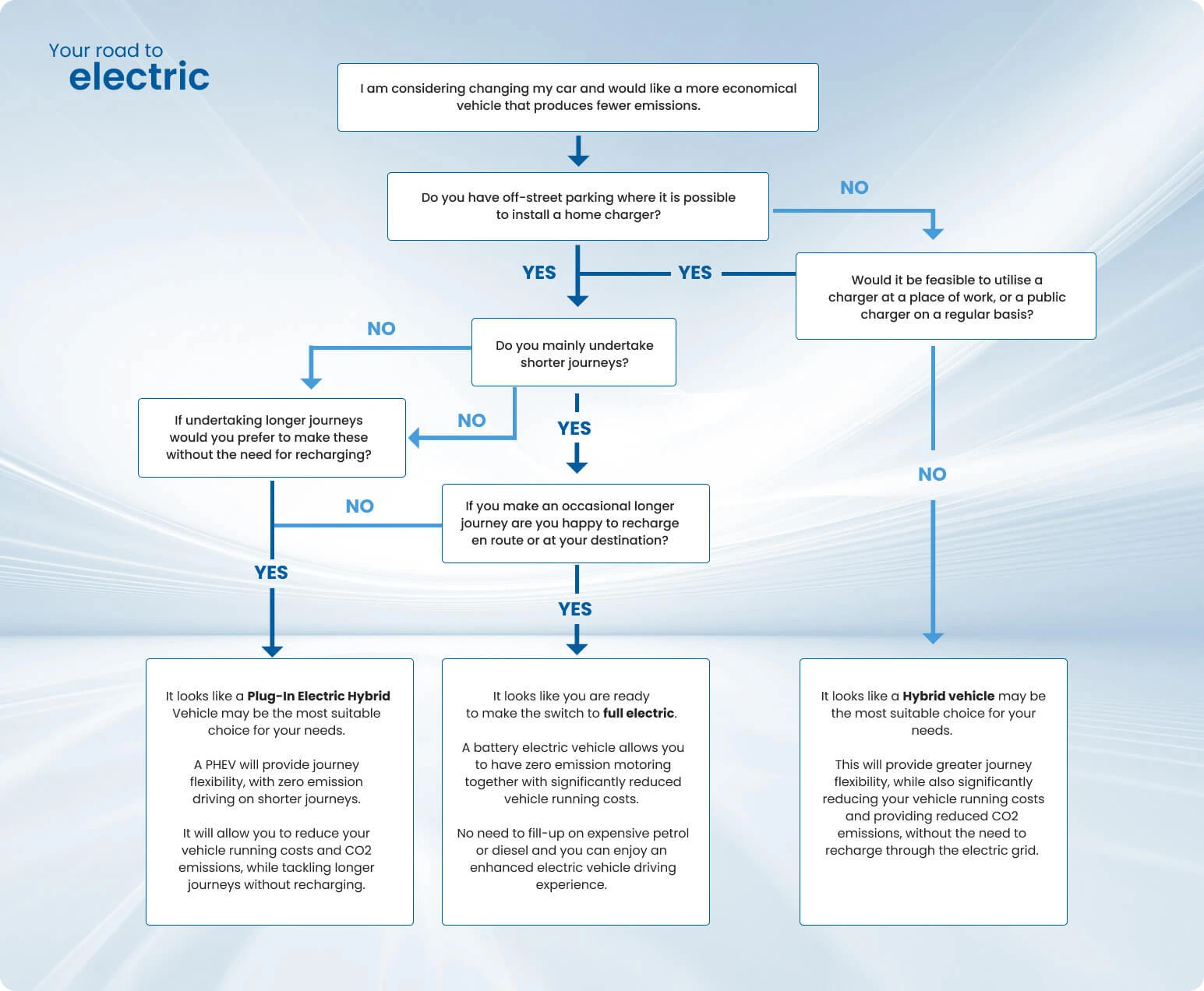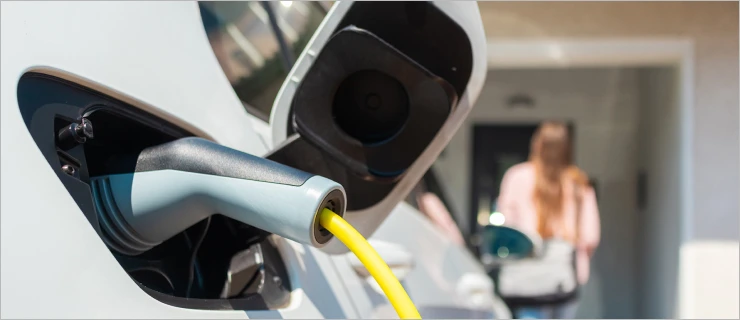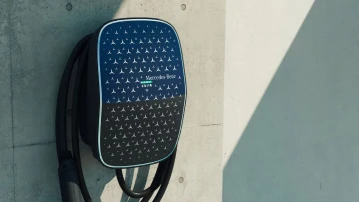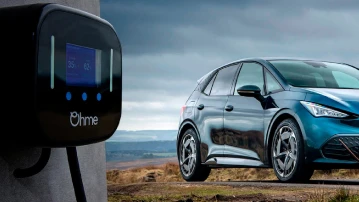Everything you always wanted to know about Electric Vehicles
A guide from the SIMI
Buying a new car is an exciting experience and with advancements in technology, there are many different types of cars to choose from, traditional internal combustion engine (petrol and diesel) cars to battery technology cars such as Hybrid, Plug-In Hybrid Electric, and fully Electric. But what should you buy next? The choices can be overwhelming but if you research and understand your driving needs, this will help narrow down your choice of vehicle.
You can download a helpful guide from the Society of the Irish Motor Industry here:
Download SIMI EV Guide
















